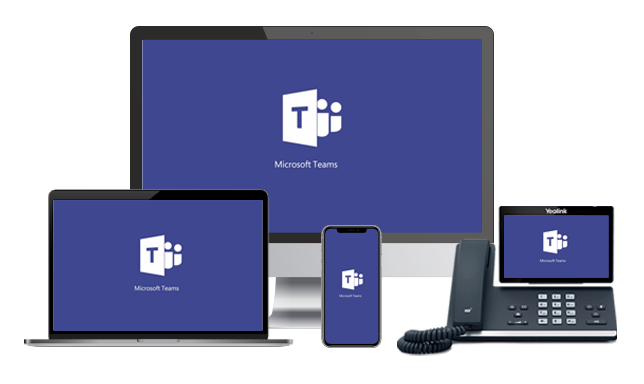UK Charities Switch to Teams Phone for a Cost Effective and Flexible Voice Solution
Over the past 18 months, we have seen several of our charity customers in the UK make the switch from traditional ISDN or IP based telephone systems and adopt Microsoft Teams Phone as their default voice solution. And with Openreach announcing that by December 2025, the Integrated Digital Service Network (ISDN) will be no more, we have started to see increased interest – particularly in the charity sector – as customers seek a more a cost effective replacement.
Many of our customers who have already switched from a traditional IP based phone system to a Microsoft Teams Voice plan have experienced several key benefits: increased accessibility, improved productivity and communication while still offering the range of technical services and features that they require.
In this blog post, I want to highlight five great features of Teams Phone that we have already seen in action with some of our great customers.
1. Auto Attendant
An auto attendant lets you set up a call menu so that callers to your main phone number can choose from a list of options. For example, you could have options to connect to a fundraising team or support department, to a specific individual, the switchboard, or even another auto attendant.
This allows the organisation to transfer their main number from the current supplier and use it in Teams to manage and direct their calls. There is no need for a redirect and no need to publish any new telephone numbers at all.

Teams Phone can even take care of after hours calling or holiday calls automatically, so end users can be sure the are getting all their calls routed properly.
2. Voicemail transcription to email
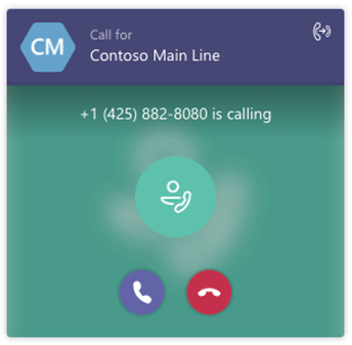
Cloud Voicemail deposits voicemail messages in a user’s Exchange online mailbox.
The mailbox user can generate customised greetings that will present the caller with the desired options to handle the call.
A voicemail message containing the audio file is attached to an email and sent to the users inbox.
If enabled, the voice message can also be transcribed in to text, but be warned: Sometimes the results can be quite comical. If required, the message can be encrypted to prevent unauthorised access or forwarding. Content on the voicemail can also be marked as confidential or sensitive using the same Information Protection rights as any other email content, so you can be sure your voicemails are just as secure as your email.
3. Call Park and Retrieve
Call Park and retrieve is a feature that lets a user place a call on hold.
When a call is parked, the service generates a unique code for call retrieval.
The user who parked the call or another person can then use that code with a supported app or device to retrieve the call.
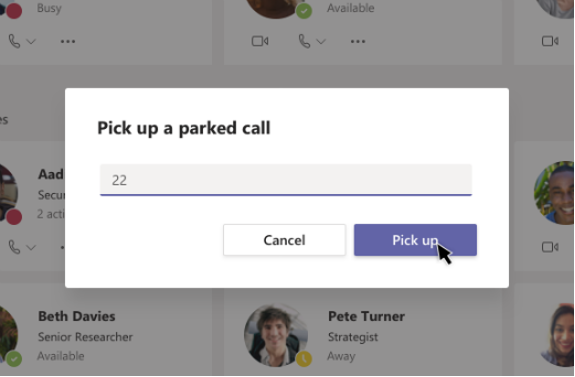
This can work great in the following examples:
- The receptionist takes a call for a case worker who is not at her desk. The receptionist announces the call via the intercom and gives the case worker a two digit code in order to pick up the call at the nearest phone.
- A user takes a call on a mobile as they are coming in to the office but the device is running out of battery. The user can simply park the call and pick it up on an office phone or your logged in PC client.
- A support worker parks the call whilst discussing an issue with the relevant team. An expert in the team enters the code and picks up the call to offer specialist advice.
4. User and Call Routing
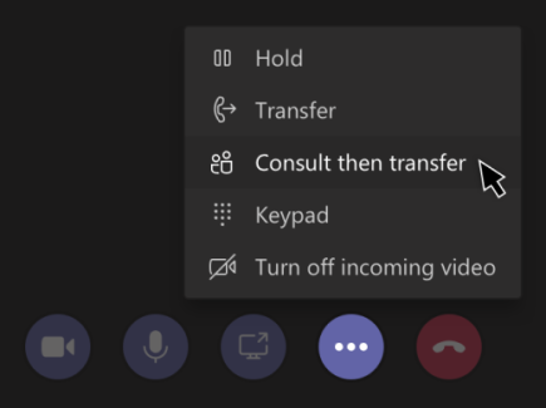
When a Microsoft Teams user places an incoming call from the Public Switched Telephone Network (PSTN) on hold, the PSTN caller can listen to selected music.
The default music supplied in Microsoft Teams PSTN call scenarios is free of any royalties payable by your organisation.
When a call is placed on hold, there are several options available, including hold, transfer and consult then transfer.
The call sharing and group call pickup features of Microsoft Teams let users share their incoming calls with colleagues so that the colleagues can answer calls that occur while the user is unavailable. Group call pickup is less disruptive to recipients than other forms of call sharing as users can configure how they want to be notified of an incoming shared call and then they can decide whether to answer it. This has worked well for some of our customers during lock down when the duty team is responsible for answering the court help lines.
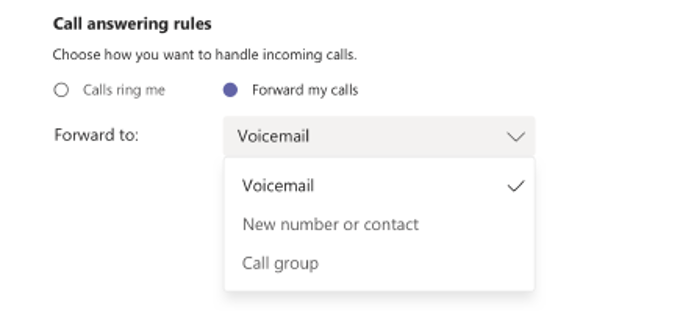
When a receptionist receives a call, there are a couple of redirect options.
The call can be directed to the end user without introduction, (a cold call transfer) or there is an option to ‘consult and transfer’. Here is the scenario:A client calls the reception and asks for help that the receptionist is not qualified to give. The receptionist can place the call on hold and transfer it to a more qualified support worker. The receptionist is presented with 2 options: to either message the support worker or call and speak. The case worker can either supply the necessary advice to the receptionist to relay to the caller or request that the caller is put through to them for more detailed help.
5. Teams Phone on your mobile

You may be already using Microsoft Teams on your computer to remotely join meetings and collaborate on projects with colleagues. But Teams is also available as a mobile app if you ever need to use it on the go. Available for iPhones, iPads, and Android devices, the Teams app lets you set up or join a video or audio call, chat with people, and share files
If your organisation is using Teams Phone, your number will also work on your mobile. So in effect, you have added a second business line to your mobile phone – totally independent of your mobile number. This means there is no long the need to give clients your mobile number any more.
Of course, you will need to ensure that you are connected to mobile data service or Wi-Fi to make this work, but how often now can you not get a service?
And finally, one bonus feature that some of our clients have found really useful is the ability for a user to block inbound calls. Sadly, from time to time, some case workers receive unsolicited calls from people who should be seeking help elsewhere. End users can highlight nuisance callers on their Teams client and mark the number as blocked.
Teams Phone for Charities
These five features really make a compelling reason to consider Microsoft Teams Phone for your business. Whether you are an SMB, a Charity or a school, there are plenty of features to keep your users happy whilst the total cost of ownership makes for a very happy Finance Manager as well.
Click here to discover more about Teams Phone.
If you would like to discuss how Teams Phone can work for your organisation, simply contact us and we can help get you set up in less than an hour.
